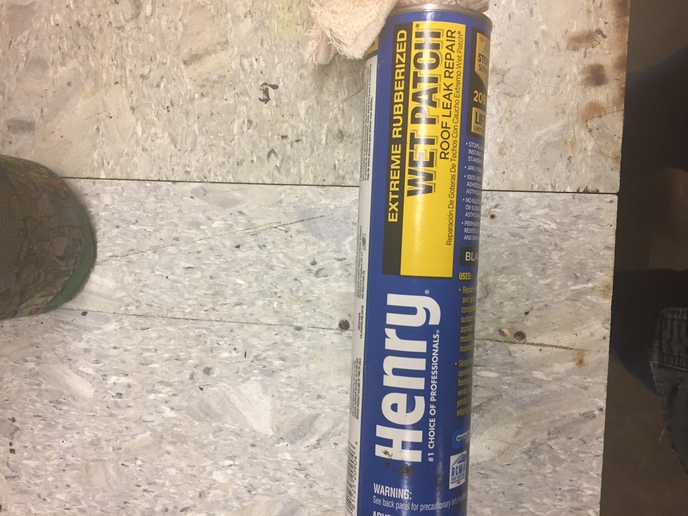Geo-TH,In
Well-known Member
It rained most of Saturday. About noon I get a call form tenant, roof on front pourch is leaking. So I put a sprinkler on roof and ran water for about an hour. Removed the gable vent, no leaks, everything is dry.
So I drilled a tiny hole in ceiling where tenant said it was leaking. Pushed a small wire through hole so locate where it was leaking. Some evidence the roof vent was leaking. I'm thinking the wind may have blown water into vent. So I put a plastic tote under vent and where water was leaking. Hoping the little water getting into attic will collect in tote and dry on it's own.
BTW, first time I got a call I caulked around the vent with roof cement, tar.
Has anyone ever had such a proplem? A roof that only leaks when it's raining and it's windy.
So I drilled a tiny hole in ceiling where tenant said it was leaking. Pushed a small wire through hole so locate where it was leaking. Some evidence the roof vent was leaking. I'm thinking the wind may have blown water into vent. So I put a plastic tote under vent and where water was leaking. Hoping the little water getting into attic will collect in tote and dry on it's own.
BTW, first time I got a call I caulked around the vent with roof cement, tar.
Has anyone ever had such a proplem? A roof that only leaks when it's raining and it's windy.


